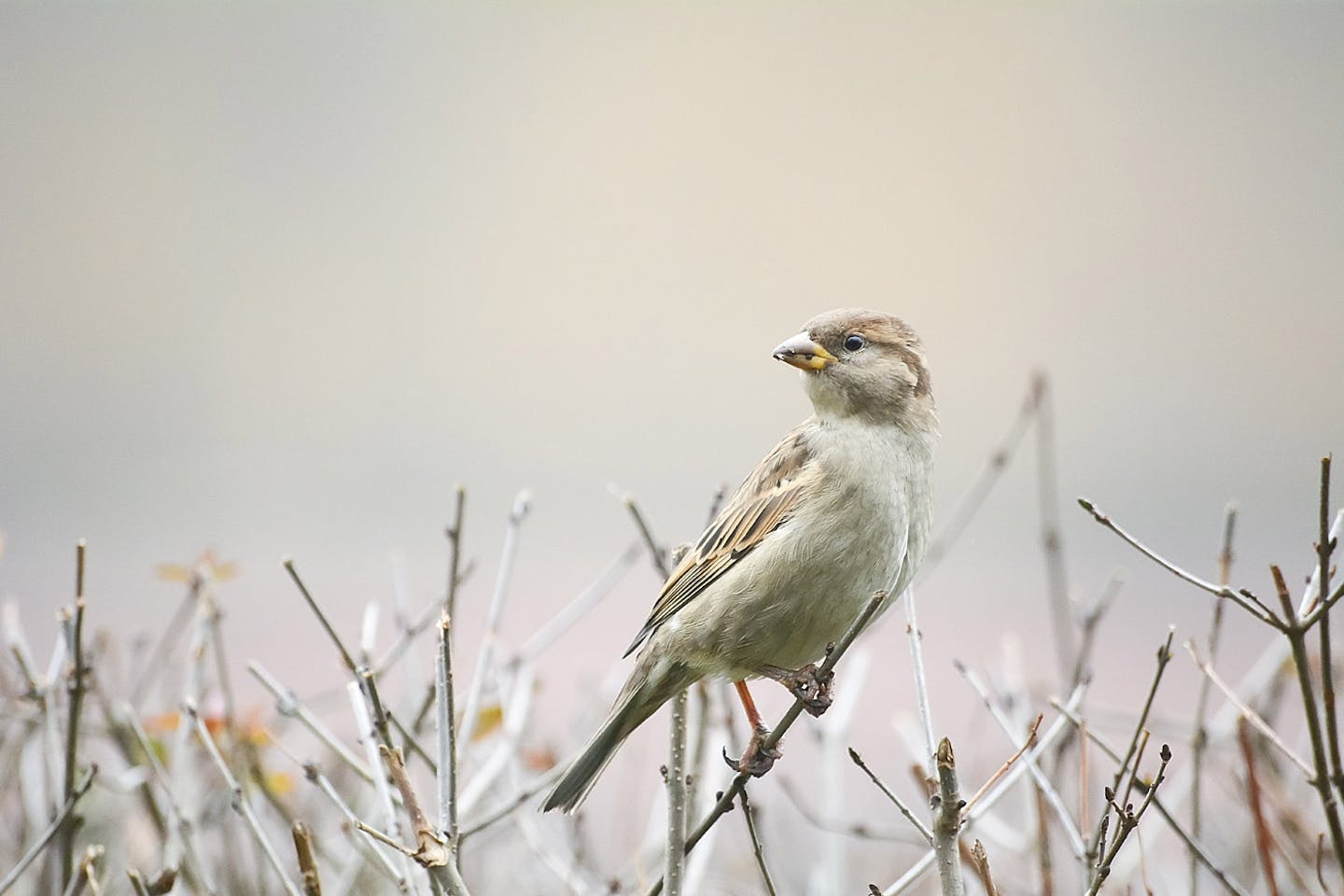How birds shape the landscape
Seed dispersal is the transport of seeds from their plants of origin to new locations, where they can germinate and grow. If seeds are not dispersed, germinating seedlings will crowd the parent plant, competing for light, space, water and nutrients. But since plants can’t migrate, they have to rely on a little help from their friends: wind, animals, water, or birds to spread their seeds. Seed shape and characteristics help determine the best method. Due to their ability to traverse vast distances in short periods of time, birds are perhaps plants’ most reliable friend, when it comes to seed dispersal.
Plants attract birds to their seeds with color and size, providing bright fruits or large nuts as a food source. The birds then disperse the seeds a number of ways.
During Feeding
As birds eat, they’ll accidentally knock some seeds from the stems, cones or flower heads that they’re feeding on. Once the seeds have contact with the soil, they might be able to germinate into a new generation of plants.
In Transit
Some birds, like Jays, store food in various locations to eat at a later time. As they fly off with a seed or fruit to their storage area, they may drop some morsels, which will then overwinter and germinate where they land. Sometimes birds will forget where they have hidden or buried seeds, or their own lives will come to an end before they’ve revisited their storage location. The seeds then have a chance to establish themselves in this new area.
Through Droppings
When eating fruit, birds digest the fleshy part and then pass the seeds out along with their droppings. The fecal material gives seeds a dose of fertilizer high in nitrogen, which can help fuel growth. Some plants, like the wild cherry and bird cherry have evolved their dispersal strategies to become dependent on birds, requiring that their seeds pass through a birds digestive system to prepare for germination.
On Their Bodies
Seeds can stick to birds’ feet or bodies with small hooks or barbs from the seed structure. This is known as Adhesive seed dispersal, or epizoochory. Some seeds, like mistletoe, have a sticky substance that birds have to wipe off of their beaks on branches, which leaves the mistletoe to grow where it most prefers: attached to another plant. Unbeknownst to them, birds can even carry large quantities of seeds in mud stuck to their feet. Writing of geographical distribution in On the Origin of Species, Charles Darwin observed that, “although the beaks and feet of birds are generally clean, earth sometimes adheres to them.” When a colleague sent him the leg of a of a red-legged partridge “with a ball of hard earth adhering to it,” that had been preserved for three years, Darwin broke up the earth, watered and placed it under a bell glass. He later found that 82 plants sprouted from it, consisting of at least five different species.

.png?auto=compress%2Cformat&w=200)

